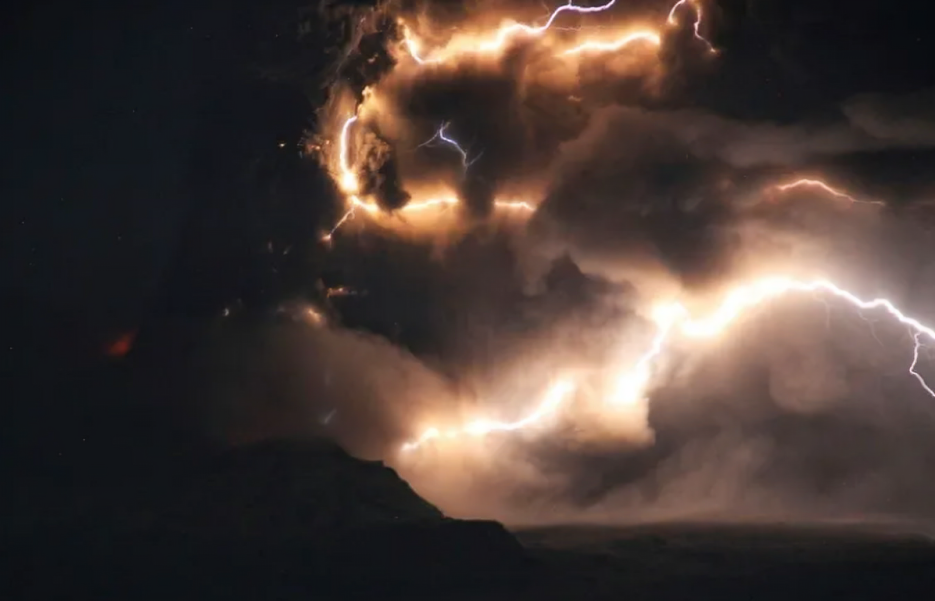Kamchatka's Shiveluch Volcano Erupts Following Powerful Earthquake: Scientists Warn of Potential Stronger Tremors
In a dramatic sequence of seismic events, Shiveluch, one of Russia's most active volcanoes, erupted following a powerful 7.0 magnitude earthquake off the east coast of the Kamchatka Peninsula. The eruption sent ash plumes soaring 5 kilometers (3 miles) into the sky, prompting a brief "code red" warning for aircraft in the region.
The Russian Academy of Sciences' Institute of Volcanology and Seismology reported that Shiveluch began its eruption shortly after the earthquake struck early Sunday. Volcanologists released footage showing an extensive ash cloud stretching over 490 kilometers (304 miles) to the east and southeast of the volcano.
Simultaneously, the Ebeko volcano on the Kuril Islands also became active, expelling ash 2.5 kilometers (1.5 miles) into the atmosphere. Although the institute did not explicitly link the earthquake to these volcanic eruptions, the timing suggests a possible connection.
The Kamchatka Volcanic Eruption Response Team issued a temporary "code red" ash cloud warning, placing all aircraft in the vicinity on high alert. However, the official TASS news agency later reported that commercial flights were unaffected, and no damage to aviation infrastructure occurred.

In a concerning development, Russian scientists have warned that these tremors could be precursors to an even more powerful earthquake. The Institute of Volcanology predicts the possibility of a second quake "within 24 hours" with a magnitude potentially approaching 9.0 in southeastern Kamchatka.
Sunday's earthquake, which struck at a depth of 6 kilometers (3.7 miles) beneath the seabed, had its epicenter 108 kilometers (67 miles) southeast of the nearest city. Although there were no immediate reports of injuries, residents of Petropavlovsk-Kamchatsky, a port city of over 181,000 people, reported experiencing some of the strongest shaking "in a long time."
The region has a history of significant seismic activity. On November 4, 1952, a magnitude 9.0 earthquake in Kamchatka caused damage locally and triggered 9.1-meter (30-foot) waves in Hawaii, although no deaths were reported.
This recent seismic and volcanic activity underscores the dynamic geological nature of the Kamchatka Peninsula and surrounding areas. As scientists continue to monitor the situation closely, residents and authorities remain on alert for potential further developments.
The convergence of a major earthquake, volcanic eruptions, and the possibility of an even stronger seismic event highlights the complex interplay of geological forces in this tectonically active region. It serves as a reminder of the unpredictable power of nature and the importance of ongoing scientific observation and preparedness in areas prone to such phenomena.
Lire aussi
Latest News
- 17:33 Europe's New Leadership: Navigating Wars, Migration, and Economic Challenges
- 17:06 Harris Holds Trump Accountable for Abortion-Related Death in Georgia: ‘Our Worst Fears Realized’
- 16:46 Putin's Military Expansion: A Strategic Move Amidst Growing Threats
- 16:14 Morocco and IAEA: A Strategic Partnership for Nuclear Energy Development
- 15:16 Pagers of War : A Devastating Wave of Explosions Rocks Lebanon
- 14:45 Morocco's Green Revolution: Unlocking the Power of Offshore Wind Energy
- 14:30 The Montreal Verdict: A Watershed Moment for Trudeau's Leadership



